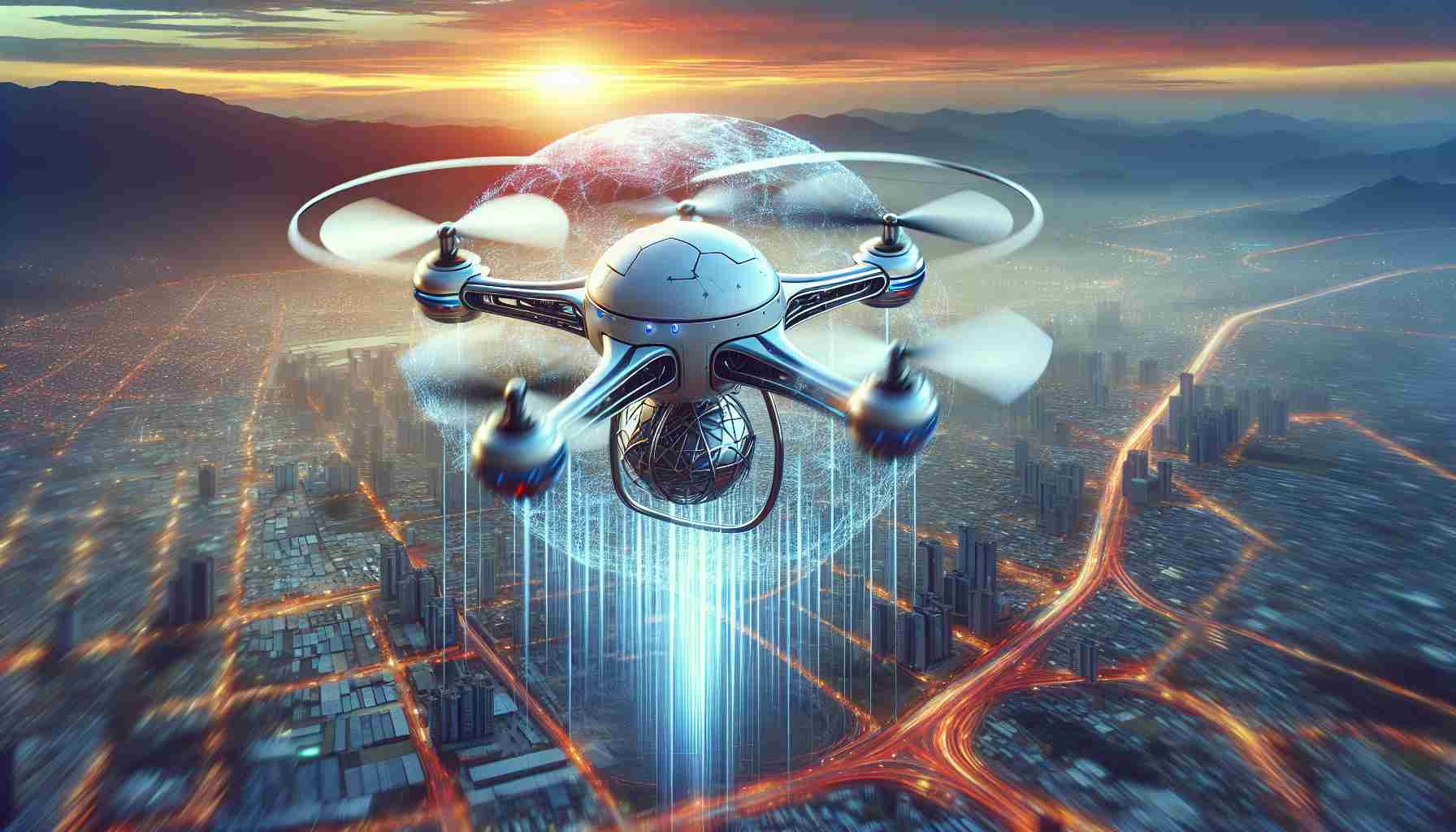- Team Aerial Aces from Charusat University won Robofest 4.0, defeating renowned institutions like IITs and BITS Pilani.
- The team claimed victory in the Swarm Robots category, earning a prize of Rs 10 lakh.
- They used a unique drone swarm technology to perform over 25 complex aerial formations.
- Their drones operated in a master-slave configuration, driven by a custom-designed algorithm.
- The drones have potential uses beyond competition, including surveillance, medical deliveries, and emergency services.
- The drones boast a 300-meter range and a flight time of 15-20 minutes, with potential for future enhancements.
- Mentors Dr. Upesh Patel, Dr. Trushit Upadhyaya, and Dr. Vijay Chaudhary played a crucial role in guiding the team.
- Team Aerial Aces exemplifies how innovation in drone technology can redefine boundaries and applications.
In a spectacle of tech ingenuity, Team Aerial Aces from Charusat University soared to victory at Robofest 4.0, securing their place as champions in India’s premier robotics showdown. Outshining tech giants like IITs and BITS Pilani, these trailblazers conquered the Swarm Robots category with a remarkable flair, clinching a whopping Rs 10 lakh prize.
Harnessing their self-devised, 🚁 cutting-edge drone swarm technology, the team captivated the judges by executing over 25 intricate formations. These captivating aerial displays were a blend of meticulously planned designs and spontaneous on-the-spot configurations. In all three competition stages – from ideation and proof of concept to the electrifying grand finale – Aerial Aces maintained an unyielding lead.
The team’s ensemble of five aerial robot-drones, consisting of a commanding master drone and four synchronized followers, operated in a master-slave formation to create mesmerizing shapes. This impressive display was powered by a custom-designed algorithm, integrating home-built hardware with seamless software.
Beyond the competitive arena, these robust drones hold immense potential for real-world applications. Demonstrating versatility, they serve critical needs such as 24/7 surveillance, medical supply delivery, and emergency packet drops across expansive areas. Their operational range, currently set at up to 300 meters, and a flight endurance of 15 to 20 minutes, promises scalability with further development.
Guided by visionary mentors Dr. Upesh Patel, Dr. Trushit Upadhyaya, and Dr. Vijay Chaudhary, Team Aerial Aces showcased an inspiring blend of ambition and innovation. The takeaway? In the world of drones, the sky’s not the limit – it’s just the beginning. 🚀
Discover the Untapped Potential of Drone Swarm Technology!
How Do Drone Swarm Technologies Revolutionize Industries?
Drone swarm technology, like that championed by Team Aerial Aces, is paving the way for transformative applications across various sectors. Unlike single drones, these swarms can operate in concert, executing complex tasks more efficiently. Here’s how they’re making an impact:
1. Surveillance and Security: Swarms provide a 360-degree, continuous surveillance solution. They can cover larger areas and coordinate in real-time to track or monitor activities, vastly improving security capabilities.
2. Emergency Response and Disaster Management: Swarms can deploy rapidly in disaster zones, delivering medical supplies or identifying survivors. Their coordinated movement allows broader coverage in less time than traditional methods.
3. Agriculture: In precision farming, swarms optimize pest control, plant health monitoring, and crop spraying, substantially increasing yield while minimizing resource use.
What Are the Pros and Cons of Drone Swarm Technology?
Pros:
– Scalability: Efficiently manage large-scale operations.
– Redundancy: Should one drone fail, others can compensate, enhancing reliability.
– Dynamic Formation: Enables on-the-fly adjustments to configurations or missions.
Cons:
– Complexity: Developing and managing algorithms for autonomous swarm operation requires sophisticated expertise.
– Battery Life: Currently limited to short durations, which can constrain applications.
– Regulatory Challenges: Airspace regulations must adapt to accommodate multiple drones working simultaneously.
What Innovations Are Driving the Future of Drone Swarms?
Recent advances are primarily focused on enhancing the operational capabilities of drone swarms:
– AI and Machine Learning: Empower drones with intelligent decision-making capabilities for autonomous mission execution.
– Enhanced Battery Technologies: Research into longer-lasting battery solutions is ongoing, promising to extend operational times.
– Improved Communication Technologies: Ensuring reliable, real-time communication amongst drones, even in challenging environments.
Are There Security and Ethical Concerns?
Security and ethical considerations are vital when deploying drones in everyday settings:
– Data Security: Protecting data collected by drones from unauthorized access.
– Privacy Issues: Surveillance applications can infringe on individual privacy, necessitating clear regulatory frameworks.
– Operational Safety: Ensuring that swarm drones don’t pose risks to humans or manned aircraft.
What Are the Market Trends and Predictions for Drone Swarms?
The global demand for drone swarm technology is anticipated to grow significantly. Projections estimate the market size reaching multi-billion-dollar valuations shortly, driven by increased investment in R&D and widespread adoption in various industries.
Related Links for Further Exploration
– Charusat University
– IITM
– BITS Pilani
In conclusion, the success of Team Aerial Aces at Robofest 4.0 highlights the exciting potential of drone swarm technology. As it continues to evolve, its applications promise to revolutionize industries, improve efficiencies, and offer innovative solutions to pressing challenges. The sky, indeed, is just the beginning! 🚁
